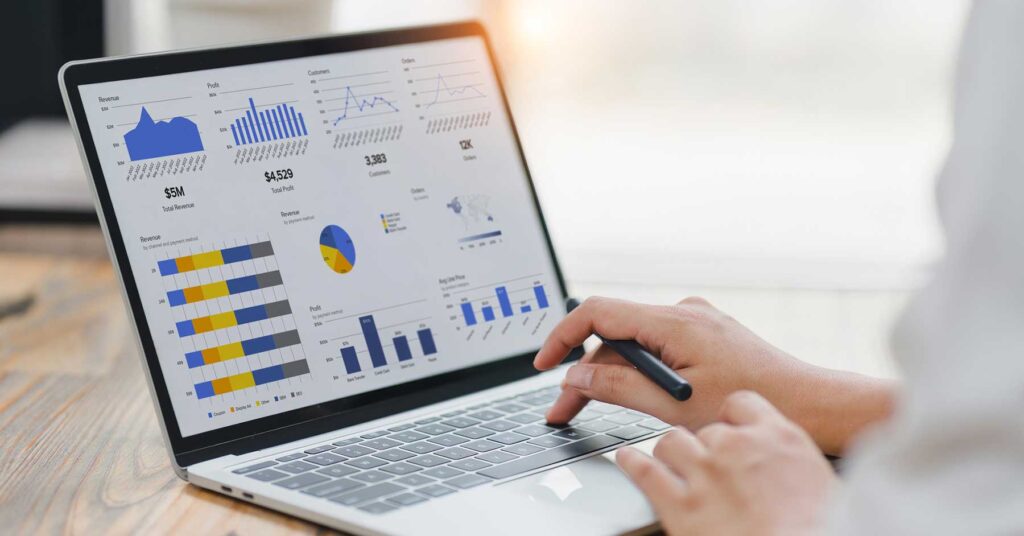CASE STUDY
We implemented a cutting-edge Retail Forecasting & Demand platform, powered by AI and machine, for a leading fashion and lifestyle retailer’s direct and wholesale planners
|
$500k savings since implementation |
30% speed and enhanced productivity |
40% operational efficiency |
Company Overview
A global retail company specializing in fashion, home décor, and lifestyle products, it operates multiple brands that blend creativity, digital innovation, and sustainability to deliver unique shopping experiences across physical and online channels.
| Company Type | Company Size | Company Capitalization |
|
Global Retailer |
25,000 Employees |
$5.15 B+ |
Objective
To deliver a future-ready AI-powered decision intelligence framework that enhances resilience, efficiency, and competitiveness in an ever-evolving marketplace.
Key Issues
Inaccurate Demand Forecasting & Planning Silos
Our current demand forecasting process relies heavily on historical data and static assumptions, leading to frequent inaccuracies. Our sales, supply chain, and finance teams operate in silos, making it difficult to align forecasts with actual business needs.
Slow Response to Market Changes & Supply Chain Disruptions
Our business lacks the agility to respond quickly to unexpected demand shifts, competitive changes, or supply chain disruptions. Rigid planning models and delayed access to real-time data often leave us reacting too late, leading to excess inventory, stockouts, and missed market opportunities.
Inefficient Resource Allocation & Cost Overruns
We struggle with balancing inventory, production, and distribution due to poor demand visibility and outdated forecasting methods. Overproduction leads to excess inventory and high carrying costs, while underproduction results in stock shortages and dissatisfied customers.
Approach
In this initiative, we conducted a comprehensive discovery of the planners’ pain points and requirements.
Business & Process
Goal: Understand the organization’s planning challenges, key objectives, and current processes.
- Current State Assessment: Evaluate existing demand forecasting and planning workflows.
- Collaboration Analysis: Identify how sales, supply chain, and finance teams interact.
- Pain Point Identification: Uncover key inefficiencies, delays, or inaccuracies in the planning process.
- KPI Benchmarking: Define key performance indicators for forecasting accuracy and operational efficiency.
- Financial Impact Review: Assess how forecasting errors affect revenue, costs, and profitability.
Data & Technology
Goal: Assess data availability, integration capabilities, and system dependencies.
- Data Source Mapping: Identify internal and external data sources used for forecasting.
- Data Accessibility Audit: Evaluate whether teams can access, share, and update data efficiently.
- Technology Stack Assessment: Review ERP, POS, CRM, and other planning tools in use.
- AI & Automation Readiness: Determine current adoption of AI-driven forecasting and planning solutions.
- Integration Feasibility: Assess system compatibility and potential integration challenges
Decision-Making & Scenario Planning
Goal: Understand how decisions are made and the role of predictive insights.
- Forecast Adjustment Process: Understand how and when forecasts are updated.
- Scenario Planning Workflow: Analyze how “what-if” scenarios are currently modeled and tested.
- Constraint Identification: Identify key limitations such as budget, capacity, or lead times.
- Decision Accountability Review: Define who is responsible for approving and modifying forecasts.
- Performance Tracking Methods: Evaluate how forecast accuracy and planning effectiveness are measured.

Results & Outcomes
Enhanced Demand Planning Accuracy: Retailer has reported improved forecast accuracy, leading to better alignment between supply and demand.
Optimized Supply Chain Management: The platform’s advanced analytics and real-time data integration have enabled leaders to streamline their supply chain operations, reducing costs and increasing efficiency.
Integrated Business Planning: Provided a unified approach to planning, breaking down silos between departments and fostering more collaborative decision-making processes.




